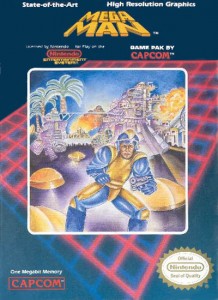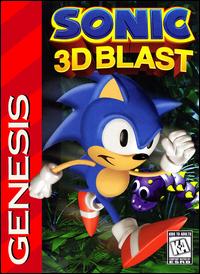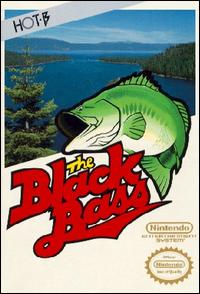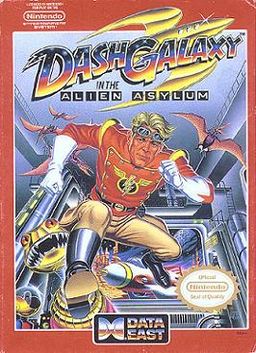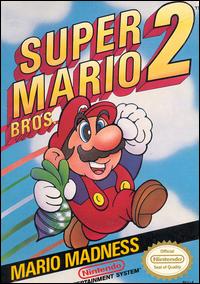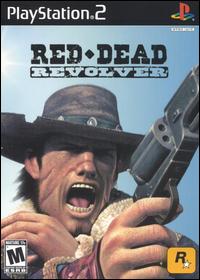Now Playing: Super Mario Bros. 3 (1990)
Topic: Nintendo (NES)
*20th Anniversary of Super Mario Bros. 3*

February 12th, 2010 marks the 20th anniversary since the release of Super Mario Bros. 3, and to commemorate the occaision, I have made a Ethos Video Review tribute to salute my favorite video game. We're going back to the past again, this time to 1990, and we'll take an in depth look at one of the best games ever created. To see the video review, click on the link below. Also, I re-posted the written review of the game. Thanks for watching the video and reading our reviews! Enjoy!
https://www.youtube.com/watch?v=iLmbf02Kwug
_________________________________________________________________________________________________________________
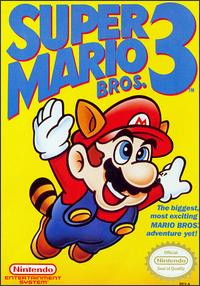
*Review originally written on Nov. 30th, 2009*
The Nintendo Entertainment System, commonly known as the NES, was in its fifth year by the time Super Mario Bros. 3 was released in 1990. It was third in the franchise series for Nintendo, and by far, the best, and most successful game of its time, and indeed, of all time. It is considered, and surely is without a shadow of a doubt, the pinnacle of perfection for the NES. No other game at the time was able to match its technical prowess and its innovative and intuitive combinations of level design, character design, music, and gameplay. It is no surprise why this game is indeed, until 2008, the best-selling video game of all time.
I personally have nothing but praise for this game, as it is indeed my all-time favorite game. Almost 20 years later, I still play this game regularly because it is so enduring, and timeless despite its now-archaic 8-bit style. Well, perhaps not archaic, because, these days retro games are making a major comeback, and Nintendo is still catering to that crowd with such upcoming releases like NEW SUPER MARIO BROS. WII, which will indeed be a throwback to such classics like MARIO 3. I love this game, and everything about it. It is surely the one game where I can safely I have mastered, but, yet, somehow, I keep coming back to it to experience its timeless challenges.
And why is this game so timeless? It's because this game is so fundamentally strong. It has a great classic story, a very familiar one for Super Mario fans, where Prince Toadstool is captured by the evil King Koopa (a.k.a. Bowser), and Mario much find her and travel across 8 treacherous levels to rescue her from his evil clutches; a wonderfully simple story that provides the foundation. The gameplay makes the game so fluid and playable, and re-playable. The controls are tight, very responsive, and with all the varying ways that you can beat this game, that is a leading reason as to why this classic endures. A flurry of power-ups, and a system of storing them, keep the game fresh and leave you with the choice and a strategy on how to win.
The levels themselves, all eight of them, are all so different and unique from one another in their own special way. You have grass lands, deserts, water worlds, worlds filled with giants, the sky and clouds, worlds of ice, pipes, and fire and treachory. It surely broke the mold when it came out in 1990 with all of its creativity and innovation, but it also defined how the 2D platformer would be forever; and indeed it would heavily influence the 3D platformers as well (what else would have been a better model?).
Music is often a strong point in many NES games including the Mega Man series, Contra, Bionic Commando, the Zelda games, and even lesser known games like Journey To Silius. Mario 3 is no different in this regard as it stands at the top of the soundtrack chain with some of many of the classic Super Mario themes as well as numerous new ones that will keep you humming along with them. And not only that, but don't forget about the unforgettable sound effects such as Mario powering-up, jumping, spitting fireballs, and kicking turtle shells about.
I can't stress enough how perfect Super Mario Bros. 3 actually is. If you haven't played it by now, or perhaps, weren't around when it actually was released, it is time you play it. You can find Mario 3 in many others places: on Super Nintendo as part of the "Super Mario All-Stars compilation", or on Game Boy Advance titled "Super Mario Advance 4: Super Mario Bros. 3", or of course on Wii's Virtual Console for a steal of five dollars. I'd of course recommend hunting down an original Mario 3 NES cartridge somewhere and playing on an old NES for the best experience, but, regardless, it is a game to be played.
It's no wonder why this game has made such an indelible impact on the industry. It's just that good.
-Kurt L.
_______________________________________________________________
Updated: Friday, 12 February 2010 12:04 AM EST
Post Comment | Permalink | Share This Post




